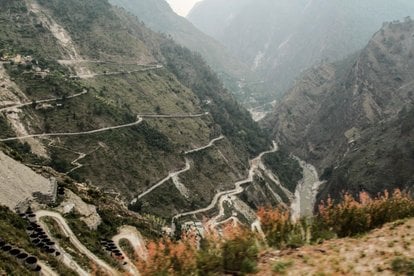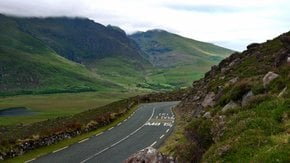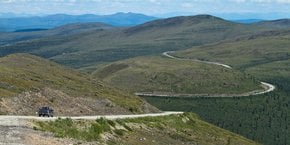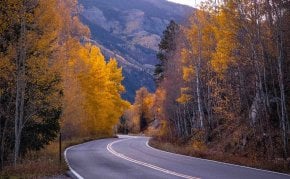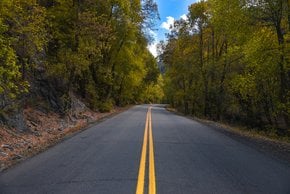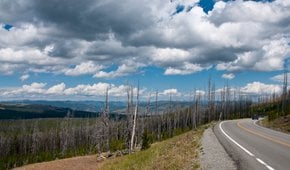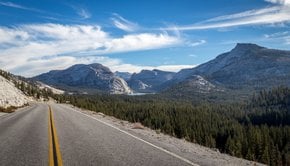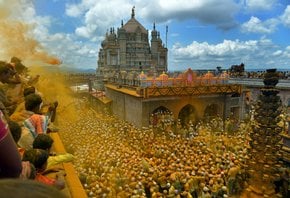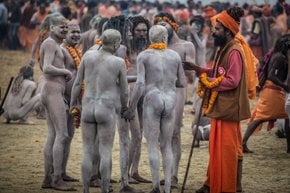Badrinath in India 2026
A holy town in the mountains can be reached only by a scenic seasonal road
Best time: late April–early November
Every year about 600,000 pilgrims visit Badrinath, one of the most sacred Hindu holy towns, which has a population of fewer than 1,000 people. Badrinath is located in the Chamoli district of Uttarakhand at an elevation of 3,100 m (10,170 feet) in the middle of the Garhwal Himalayas, between the Nar and Narayana mountain ranges. The town can be reached by National Highway 7 (NH 7) that connects Fazilka in Punjab to Mana in Uttarakhand, just a few kilometers north of Badrinath.
The road going along the right bank of Himalayan Alaknanda river is open during the warm period of the year from the end of April till the beginning of November. In winter extreme snowfalls make it impassable.
The road is party asphalted, partly grave with several steep sections of 15% gradient passes near Indo-Tibet border. In the summer season, thousands of pilgrims flood the area, so be ready for busy traffic and possible traffic on the road.
The main attraction of Badrinath is the Badrinarayan Temple (Badrinath Temple), dedicated to Vishnu. It was founded in the 8th century by Adi Guru Shankaracharya. The 50-m building was built from stone. A painted facade, arched windows, and a broad stairway resemble Buddhist temples. The mountains around Badrinath are mentioned in the Mahabharata. Badrinath was named after a berry "badri" that grows in the mountains. Badrinath Temple also closes during winter months, and usually opens its doors to visitors from early May to early November. You can find more detailed information on the Badrinath opening and closing dates over here.


